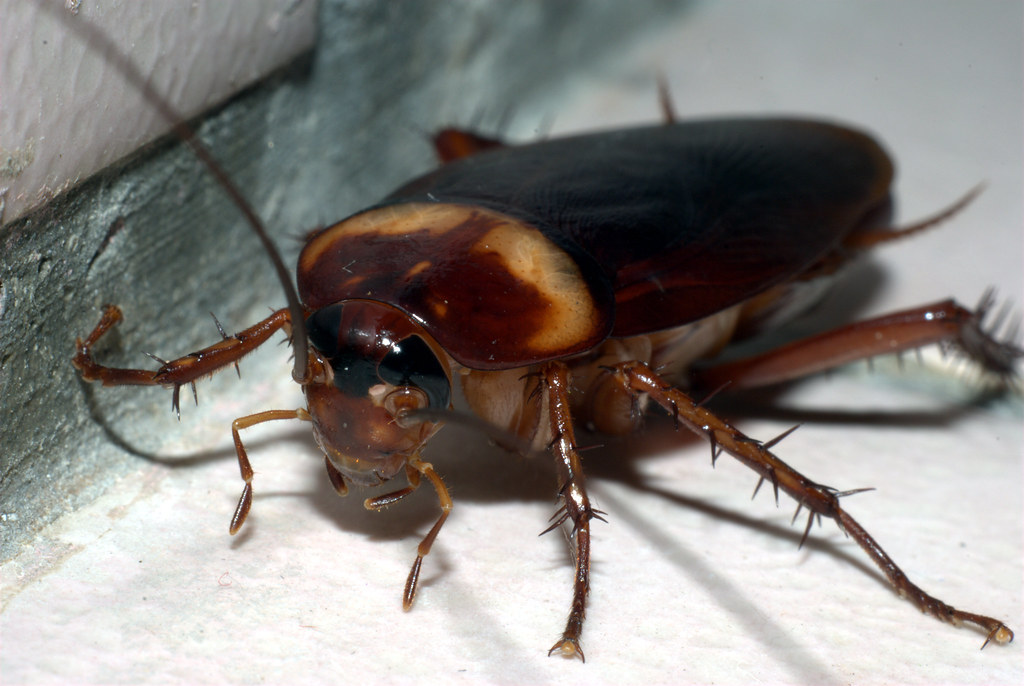You’re brushing your teeth before bed when something catches your eye in the mirror. There it is again – that mysterious bug scurrying across your bathroom tiles, disappearing into the shadows before you can get a good look. It’s like a scene from a horror movie, except this creature isn’t fictional. Night after night, these bathroom dwellers emerge from their hiding spots with clockwork precision, turning your peaceful evening routine into an unexpected wildlife encounter. What drives these tiny intruders to choose your bathroom as their nighttime playground, and why do they seem to vanish completely during daylight hours?
The Science Behind Nocturnal Behavior

Most bathroom bugs are naturally nocturnal creatures, meaning their biological clocks are programmed for nighttime activity. This behavior pattern, called circadian rhythm, evolved over millions of years as a survival strategy. During darkness, these insects face fewer predators and encounter less competition for food sources. The hormone melatonin, which humans associate with sleepiness, actually triggers increased activity in many insect species. Your bathroom becomes their personal nightclub when the sun goes down, providing the perfect environment for foraging and exploration.
Moisture: The Ultimate Bug Magnet
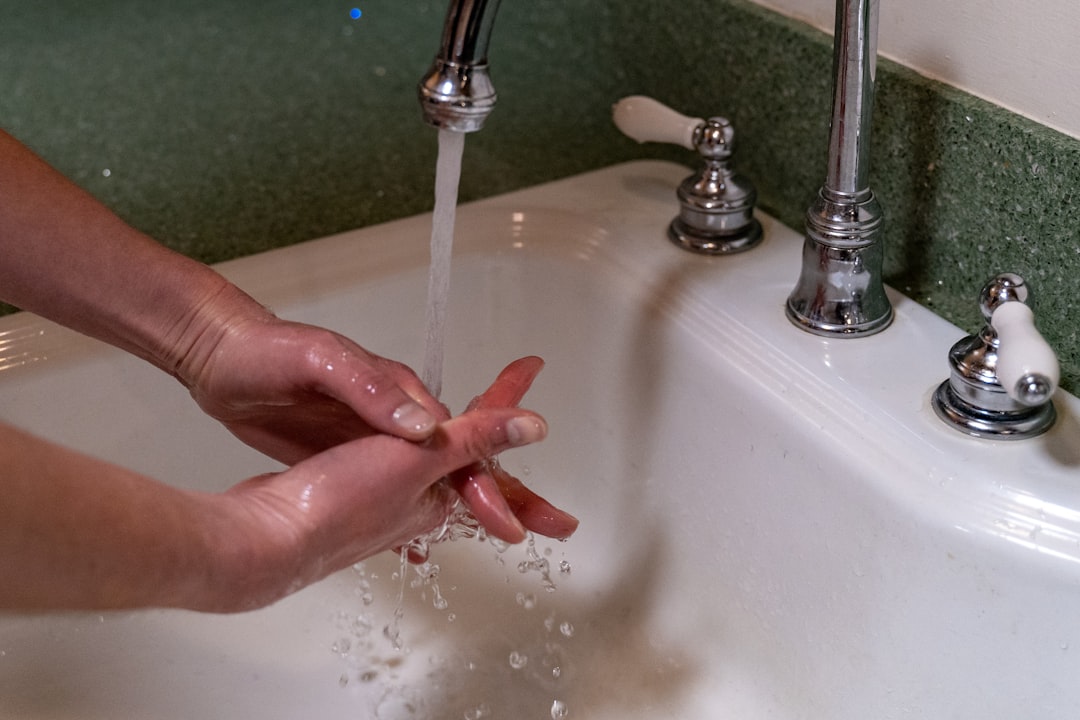
Bathrooms are essentially oases in the desert for most household insects. The constant humidity from showers, baths, and running water creates an irresistible environment for creatures that depend on moisture to survive. Silverfish, for example, need humidity levels above 75% to thrive, making your steamy bathroom their dream home. Many insects actually absorb water through their exoskeletons, so the moist air in your bathroom literally keeps them alive. Even the smallest water droplets on your shower walls or around the sink provide crucial hydration. This moisture dependency explains why you’ll rarely spot these bugs in dry areas of your home during the day.
Temperature Preferences and Thermal Comfort

The warm, consistent temperature in most bathrooms creates an ideal microclimate for cold-blooded insects. Unlike mammals, bugs cannot regulate their own body temperature, so they rely entirely on their environment for thermal comfort. Your bathroom maintains a relatively stable temperature throughout the day and night, unlike other rooms that might experience significant temperature fluctuations. This consistency allows insects to remain active and comfortable during their nocturnal adventures. The heat retained from hot showers and baths creates warm spots that bugs find particularly attractive, especially during cooler months when the rest of your house might be too cold for optimal insect activity.
Food Sources Hidden in Plain Sight

What might look like a clean bathroom to you is actually a buffet for many insects. Dead skin cells that naturally shed from your body accumulate in corners and crevices, providing a protein-rich meal for creatures like silverfish and carpet beetles. Hair strands contain keratin, another valuable protein source that many bugs find irresistible. Soap scum and toothpaste residue offer carbohydrates and minerals that supplement their diet. Even microscopic mold spores that grow in humid bathroom conditions serve as food for various insect species. The organic matter in drain pipes creates an entire ecosystem that supports multiple generations of bugs.
Perfect Hiding Spots During Daylight
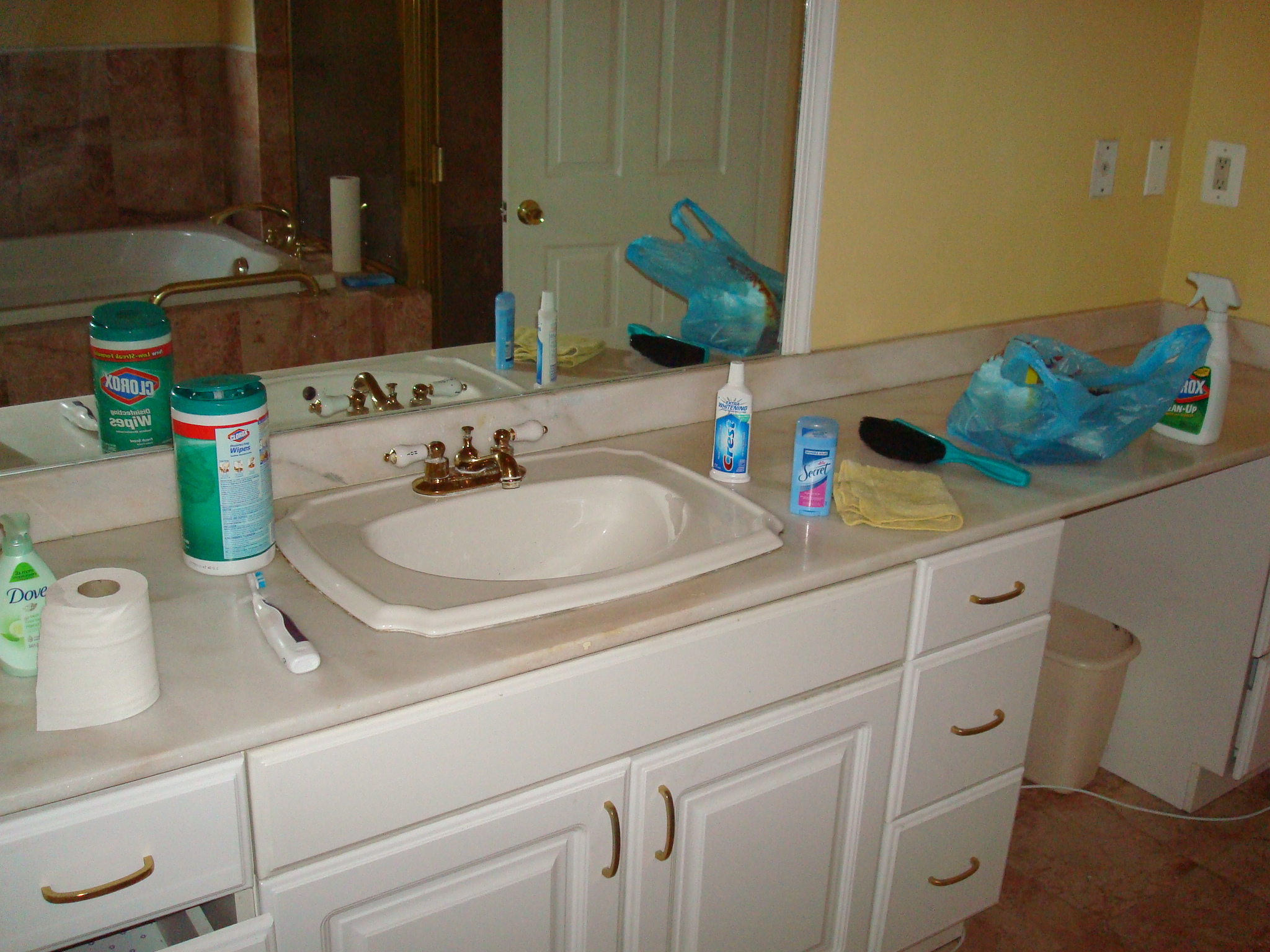
Bathrooms offer countless hiding places where bugs can remain safely concealed during daylight hours. The space behind toilets, under sink cabinets, and inside medicine cabinets provide dark, undisturbed refuges. Cracks in tile grout and gaps around pipes create perfect crevices for insects to squeeze into when they need to disappear quickly. The area under bathtubs and behind shower walls forms hidden corridors where entire bug populations can establish themselves. These hiding spots are typically warm, humid, and rarely disturbed by human activity, making them ideal daytime shelters. Many bugs instinctively seek out tight spaces where their bodies can touch multiple surfaces simultaneously, a behavior called thigmotaxis that makes them feel secure.
Light Sensitivity and Photophobic Behavior
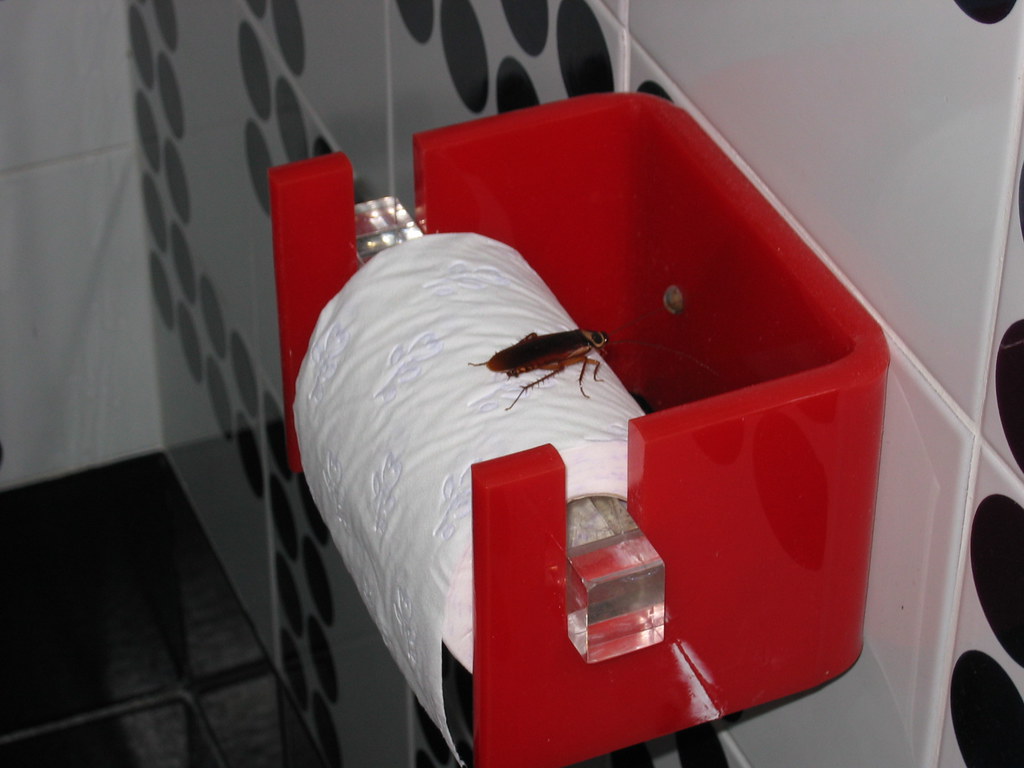
Most bathroom bugs exhibit strong photophobic behavior, meaning they actively avoid light sources. This light sensitivity serves as a natural protection mechanism, as bright environments typically indicate danger from predators or exposure to harsh conditions. When you flip on the bathroom light at night, you’re essentially sounding an alarm that sends these creatures scrambling for cover. Many insects have specialized light-detecting organs that can sense even minimal illumination changes, triggering immediate escape responses. The transition from darkness to bright bathroom lighting creates a shocking sensory overload that explains why bugs seem to vanish so quickly when you turn on the lights.
Common Bathroom Bug Species and Their Habits

Silverfish are perhaps the most common nocturnal bathroom visitors, with their distinctive fish-like movements and metallic sheen. These ancient insects have remained virtually unchanged for over 400 million years, proving their incredible adaptability to various environments. Drain flies, also called moth flies, emerge from bathroom drains where they breed in the organic matter buildup. House centipedes, despite their intimidating appearance, are actually beneficial predators that hunt other insects in your bathroom during the night. Cockroaches, unfortunately, find bathrooms irresistible due to the combination of water, food sources, and warm hiding spots. Each species has evolved specific behaviors and preferences that make your bathroom their preferred nighttime habitat.
The Role of Plumbing Systems
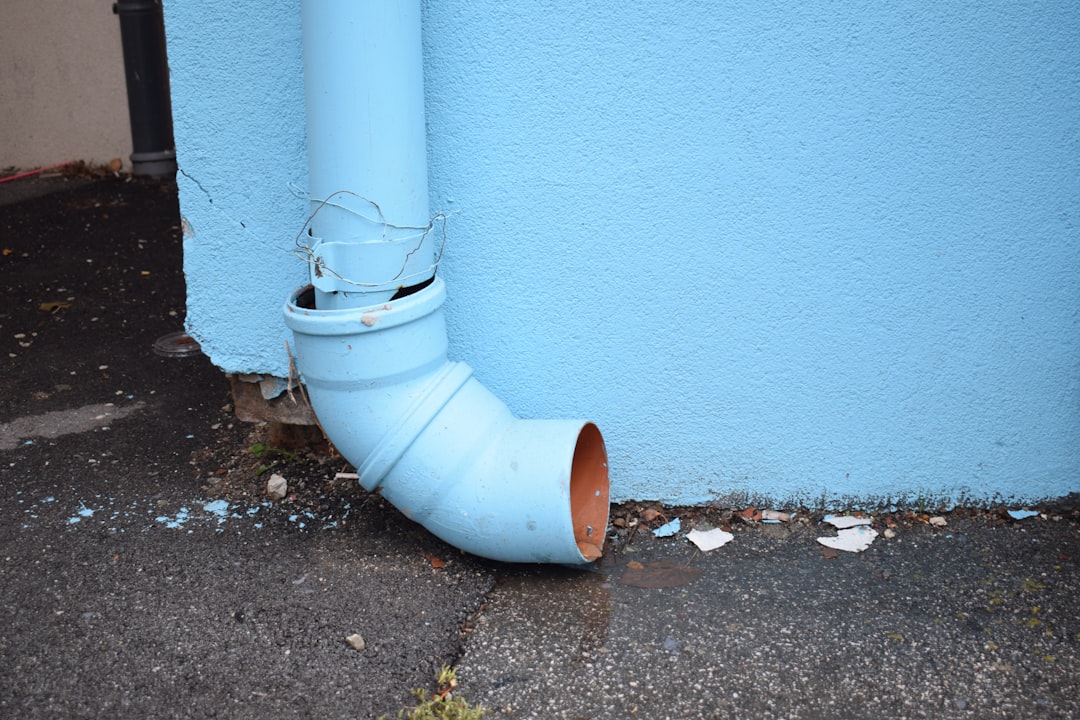
Your bathroom’s plumbing system creates an extensive network of pathways and breeding grounds for various insects. Drain pipes provide dark, moist tunnels that connect your bathroom to the outside world, allowing bugs to travel unseen throughout your home. The organic buildup in drains from hair, soap, and other debris creates rich breeding environments for many species. Leaky pipes behind walls create hidden moisture problems that attract insects to areas you might never see. The water trap in your toilet and floor drains can harbor insect larvae and provide access points for bugs entering from the sewer system. Even the smallest plumbing gaps can serve as highways for insects moving between different areas of your home.
Seasonal Patterns and Migration Behavior

Bug activity in bathrooms often follows predictable seasonal patterns that reflect outdoor conditions and insect life cycles. During winter months, many outdoor insects seek warm, humid refuges indoors, making your bathroom an attractive winter shelter. Spring brings increased insect activity as reproduction cycles begin, leading to more frequent bathroom encounters. Summer heat can drive moisture-loving insects deeper into your home’s coolest, most humid areas. Fall often triggers migration behavior as insects prepare for winter, causing temporary increases in bathroom bug sightings. Understanding these seasonal patterns can help you predict when you’re most likely to encounter these nocturnal visitors.
Chemical Attractants and Pheromones
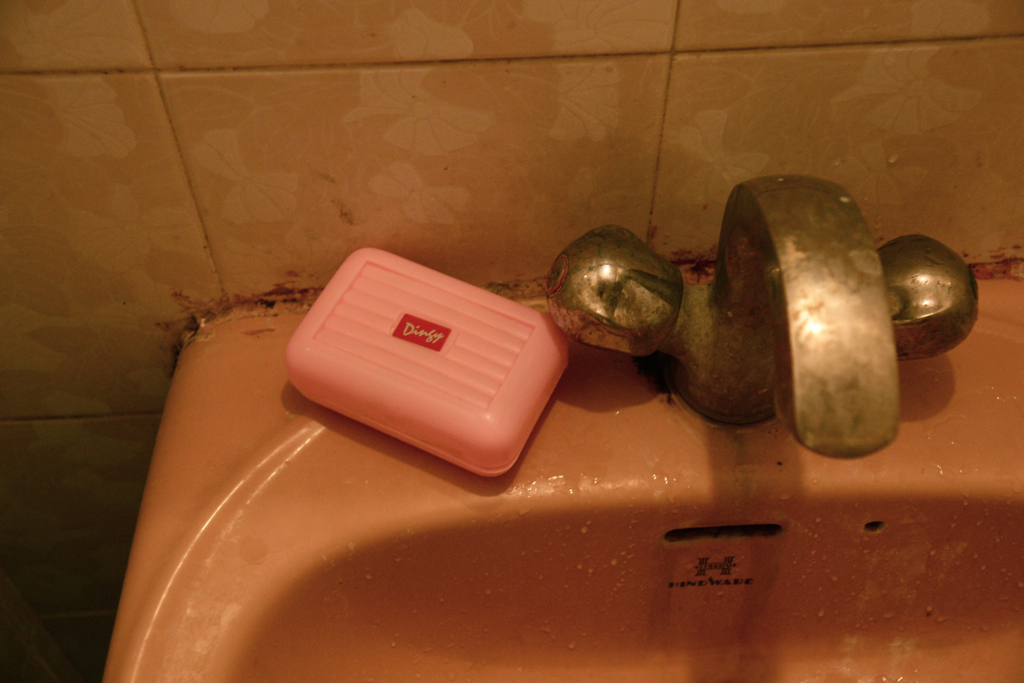
Many bathroom products inadvertently attract insects through their chemical compositions and scents. Certain soaps, shampoos, and cleaning products contain compounds that mimic natural insect pheromones or food sources. Floral fragrances in air fresheners and personal care products can attract bugs that normally feed on flower nectar or pollen. The chlorine in tap water, while intended to kill microorganisms, can break down into compounds that some insects find appealing. Even the plastic materials used in bathroom fixtures can release trace chemicals that attract certain bug species. These chemical attractants work continuously, creating an invisible invitation for nocturnal insects to explore your bathroom.
Evolutionary Advantages of Nighttime Activity
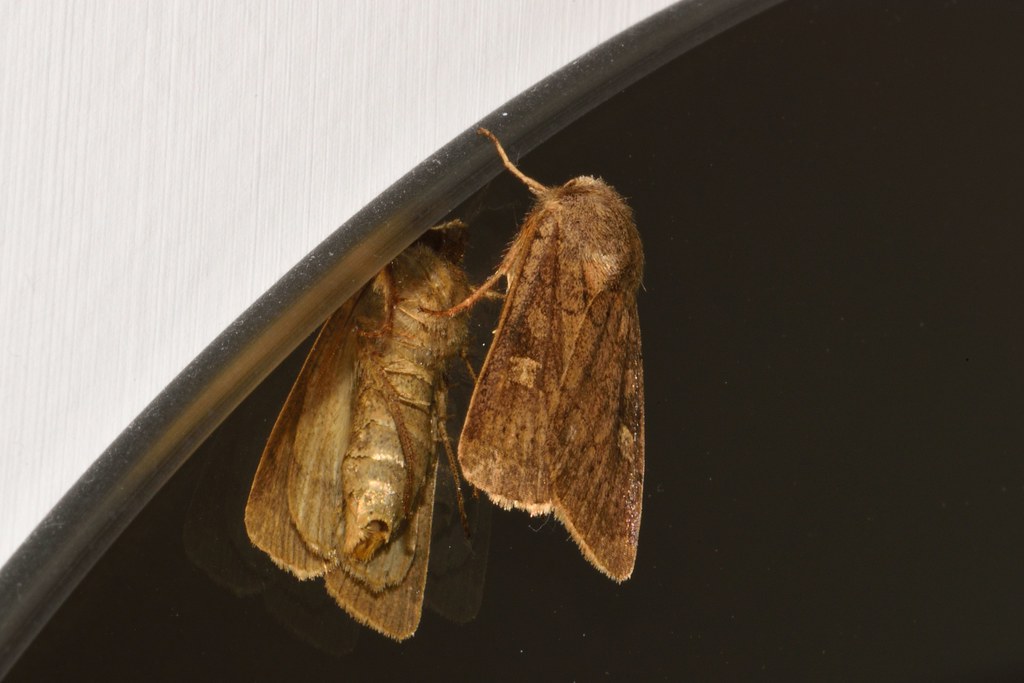
The evolution of nocturnal behavior in bathroom bugs represents millions of years of successful adaptation to indoor environments. Nighttime activity allows these insects to avoid the cleaning routines and heavy foot traffic that characterize daytime bathroom use. The reduced air circulation at night helps maintain the humid conditions these creatures need to survive. Lower noise levels during nighttime hours make it easier for bugs to detect potential threats and communicate with each other through vibrations and chemical signals. Many predatory insects that might hunt bathroom bugs are diurnal (active during the day), so nighttime foraging provides a safer opportunity to search for food. This evolutionary strategy has proven so successful that it’s now hardwired into the genetic programming of many indoor insect species.
Impact of Modern Bathroom Design

Contemporary bathroom designs inadvertently create ideal conditions for nocturnal insect activity. The trend toward sealed, well-insulated bathrooms traps moisture and creates consistently warm environments. Modern shower enclosures and bathtub surrounds provide numerous gaps and crevices where bugs can hide. The popularity of natural materials like stone and wood introduces organic matter that many insects find attractive. Recessed lighting and ventilation systems create additional hiding spots in ceiling spaces. Even energy-efficient bathroom fixtures can contribute to bug problems by maintaining warmer temperatures throughout the night. Understanding how modern bathroom design influences insect behavior can help homeowners make informed decisions about renovation projects.
Detection and Monitoring Techniques

Recognizing the signs of nocturnal bug activity requires knowing what to look for beyond actually seeing the insects themselves. Small, dark droppings in corners or along baseboards indicate regular insect traffic patterns. Shed skin fragments from molting insects often accumulate in hidden areas where bugs feel safe. Unexplained damage to paper products, fabrics, or organic materials suggests feeding activity by species like silverfish. Strange odors, particularly musty or sweet smells, can indicate large insect populations or breeding areas. Setting up simple monitoring techniques, like placing sticky tape in suspected travel routes, can help you document nocturnal activity patterns. These detection methods work because they focus on the evidence bugs leave behind rather than trying to spot the elusive creatures themselves.
When Nocturnal Activity Becomes Problematic

While occasional bug sightings are normal in most bathrooms, certain patterns indicate more serious problems requiring intervention. Seeing the same species repeatedly over several nights suggests an established population rather than random visitors. Multiple species appearing simultaneously indicates that your bathroom environment is particularly attractive to insects. Daytime sightings often mean bug populations have grown large enough that competition forces some individuals to become active during suboptimal hours. Signs of reproduction, such as egg cases or juvenile insects, indicate that bugs are successfully breeding in your bathroom environment. Structural damage to materials like wallpaper, caulking, or wooden fixtures suggests feeding activity that could compromise your bathroom’s integrity over time.
The Fascinating World of Bathroom Ecosystems

Your bathroom actually functions as a complete miniature ecosystem, supporting complex relationships between different species and environmental factors. Primary consumers like silverfish feed on organic debris, while secondary consumers like house centipedes hunt the primary consumers. Decomposer organisms break down organic matter in drains and hidden areas, creating nutrients that support the entire food web. The moisture cycle in your bathroom mirrors natural ecosystems, with evaporation, condensation, and precipitation occurring on a microscopic scale. Competitive relationships develop between different bug species for territory, food sources, and optimal hiding spots. This ecosystem perspective helps explain why simply removing one type of bug doesn’t solve the entire problem – the underlying environmental conditions continue to support diverse insect communities.
Conclusion

The mysterious nocturnal world of bathroom bugs reveals a complex interplay of biology, behavior, and environmental factors that transform your personal space into their nighttime domain. These creatures aren’t just random intruders – they’re following millions of years of evolutionary programming that guides them toward the perfect combination of moisture, warmth, food, and shelter that your bathroom provides. Their synchronized emergence after dark represents one of nature’s most successful survival strategies, allowing them to thrive in the modern indoor environment while avoiding the dangers and disturbances of daylight hours. Understanding their motivations and behaviors gives you the power to either coexist peacefully with these tiny roommates or take targeted action to reclaim your bathroom sanctuary. What surprises you most about the secret lives these creatures lead right under your nose?

